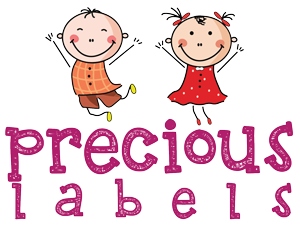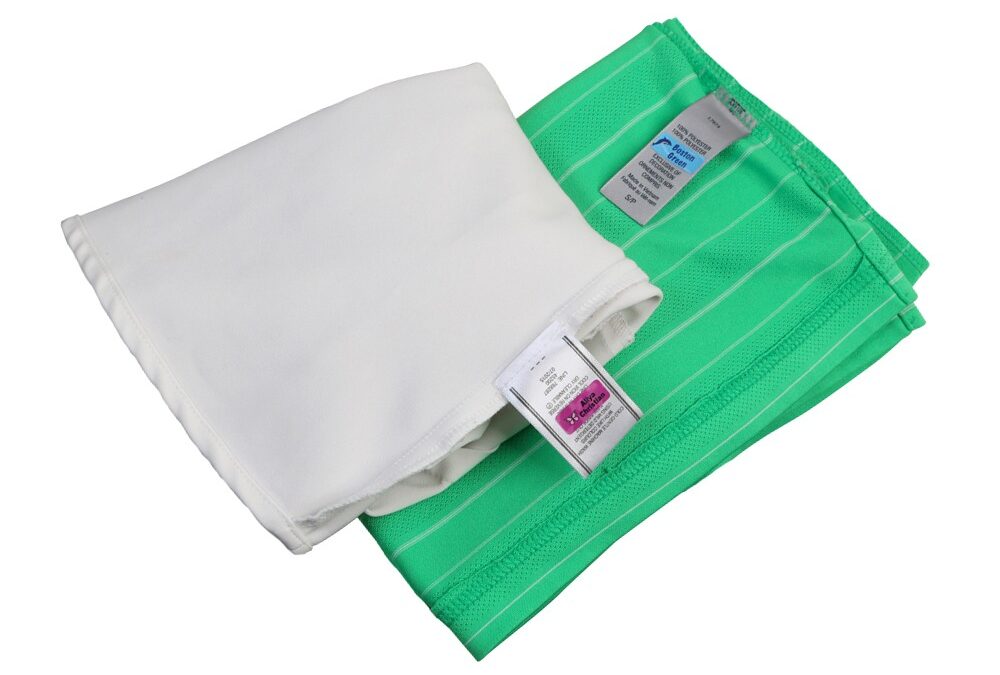When you look at your clothing items, have you ever wondered what those small tags sewn onto them actually mean? Those little labels hold valuable information about the garment, including its brand, size, care instructions, and fabric composition. In this beginner’s guide, we will explore the different types of clothing labels and understand their significance in the fashion industry.
Types of Clothing Labels:
- Brand Labels:
Brand labels are the most common type you’ll find on clothing items. They display the brand’s logo or name, creating brand recognition and distinguishing the product. Some fashion brands use these labels to represent their quality, style, and reputation.
- Size Labels:
Size labels are essential for consumers to find the right fit. They indicate the size of the garment, usually using standard sizing conventions like small (S), medium (M), large (L), or numeric measurements. Size labels vary across regions and brands, so it is essential to refer to sizing charts provided by brands to ensure the perfect fit.
- Care Labels:
Care labels are crucial for maintaining the quality and longevity of your clothes. They provide instructions on – how to properly wash, dry, iron, and store the garment. Care symbols, such as icons representing washing, bleaching, drying, ironing, and dry cleaning, are commonly used to convey care instructions universally.
- Fabric Composition Labels:
Fabric composition labels disclose the materials used in making the garment. They help consumers make informed decisions based on personal preferences, allergies, or ethical concerns. Frequently used fabric compositions include cotton, polyester, linen, wool, silk, and blends. Understanding the fabric composition helps determine the garment’s durability, breathability, and comfort.
- Batch Mark Label:
The batch mark label denotes the sewing line or batch that produced the garment. Usually, neither consumers nor brands ask for this label. Few garment manufacturers apply this label to the internal quality inspection process and rectify which line had made the garment and which checker had checked it.
- Country of Origin Labels:
Country of origin labels indicates the manufacturing location of the product. This information is legally needed in many nations, which helps shoppers know the place of the product. Some people prefer to support locally made or ethically sourced products, and country of origin labels aid in making these choices.
- Material Labels:
Material labels provide additional information about specific features or treatments applied to the garment. For example, swimwear may include UV protection labels, waterproof labels, or chlorine-resistant labels. These labels help customers understand the functionality and suitability of the garment for specific purposes.
Clothing labels play an integral role in the fashion industry, providing essential information to consumers. By understanding the different types of clothing labels, you can make informed decisions about your purchases, care for your garments appropriately, and ensure a comfortable and stylish experience. Next time, when looking into your wardrobe, appreciate the labels for the valuable insights they provide. Remember to follow the care instructions and enjoy the longevity of your favourite clothing items!

